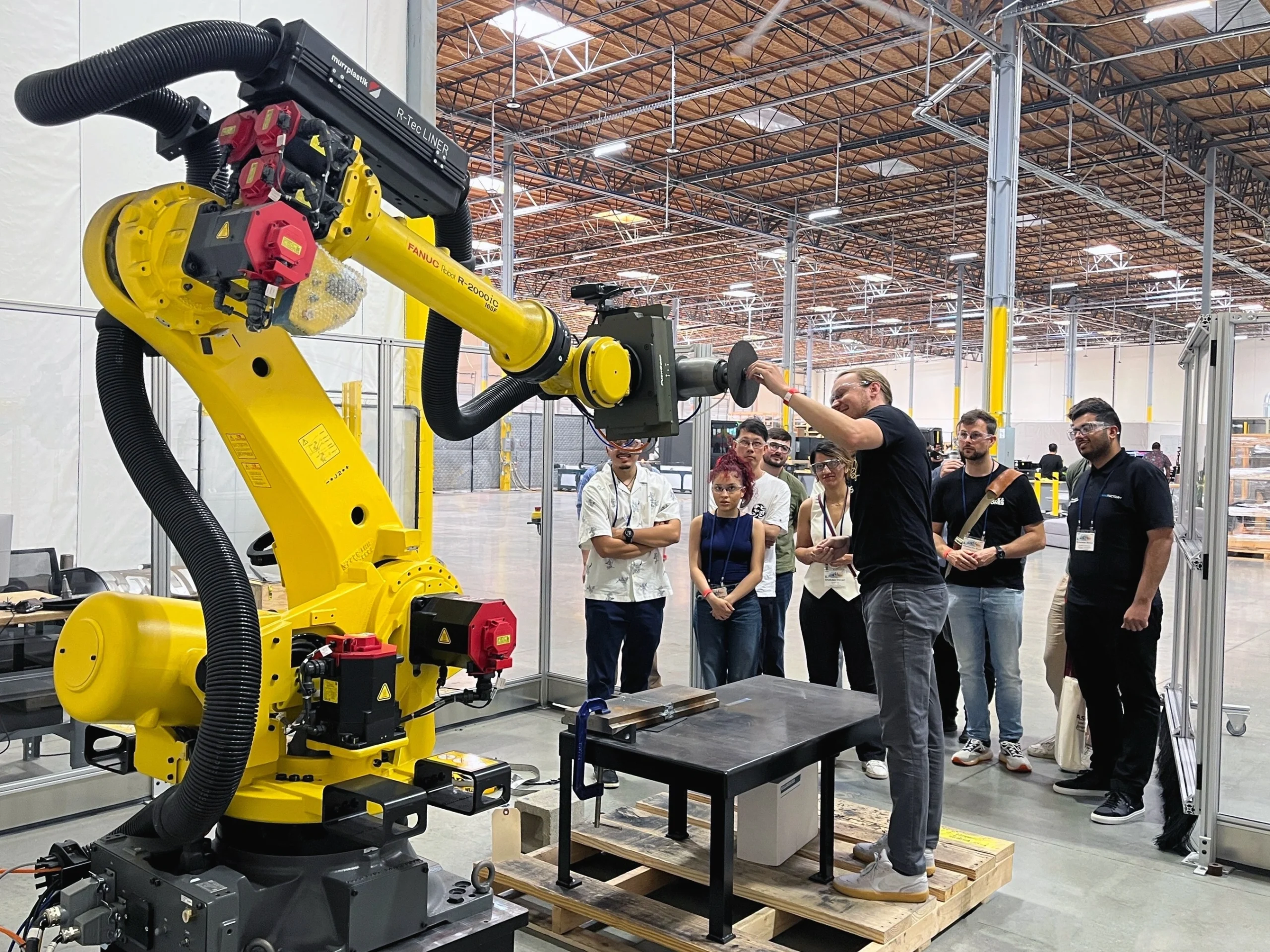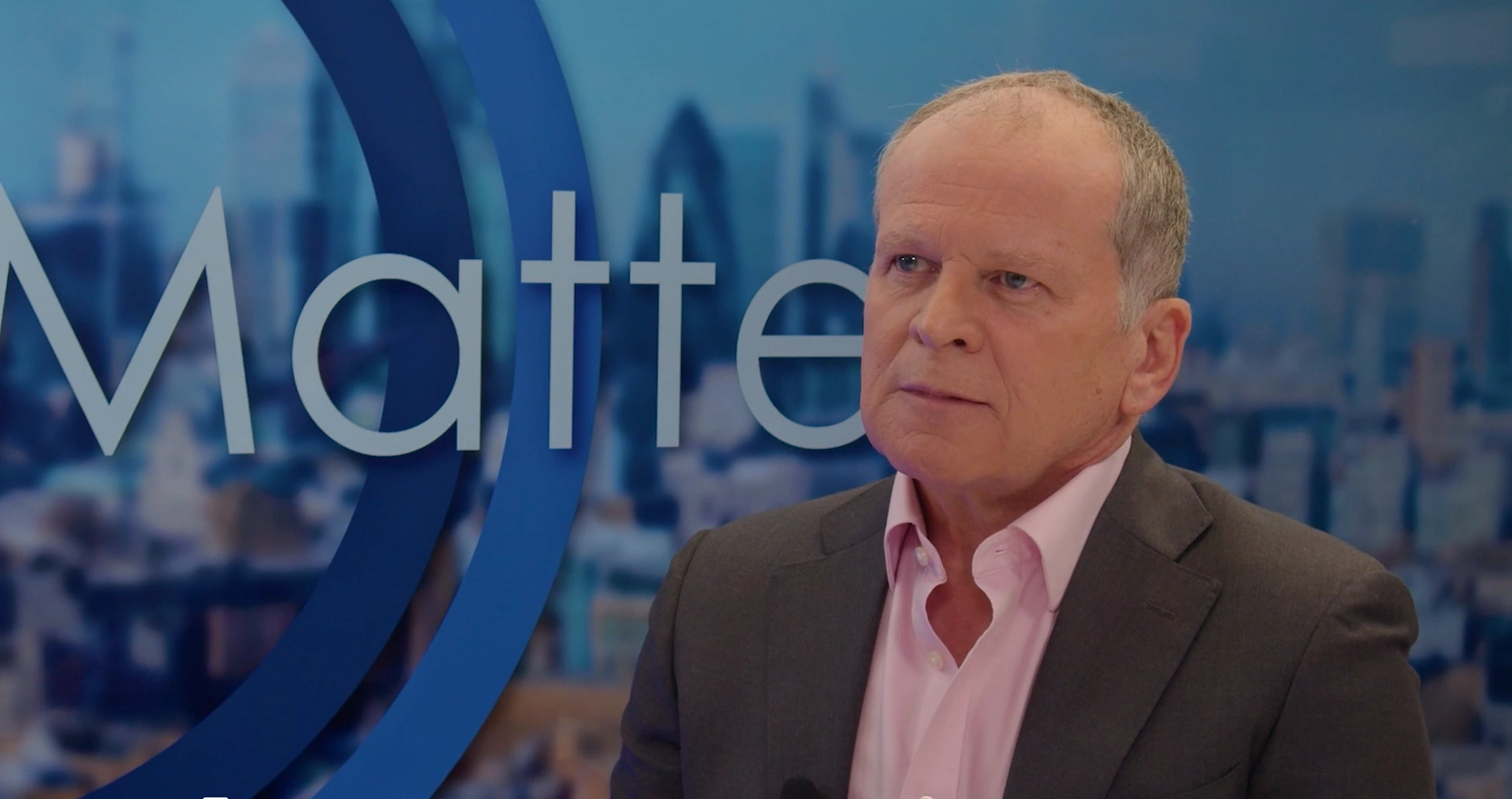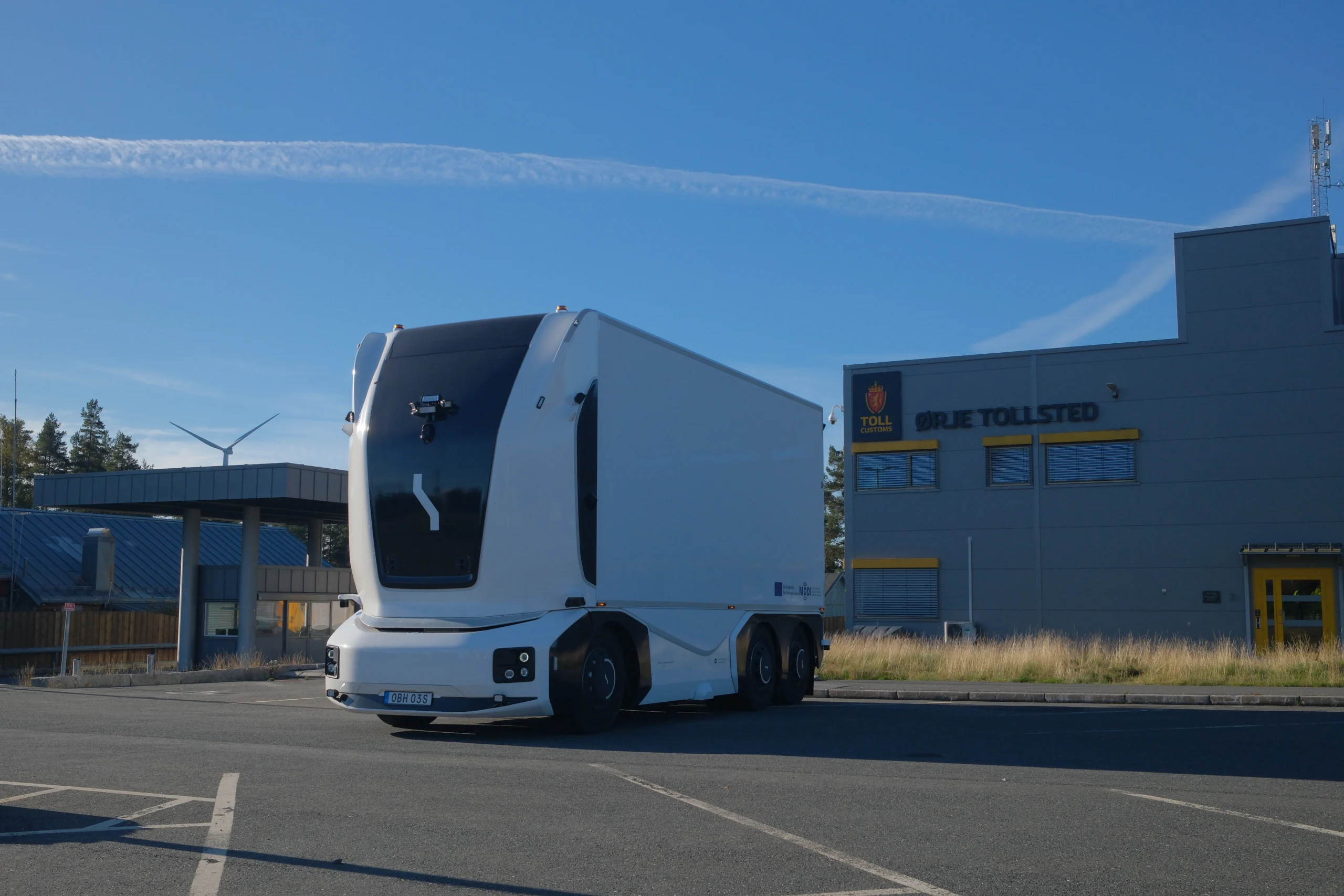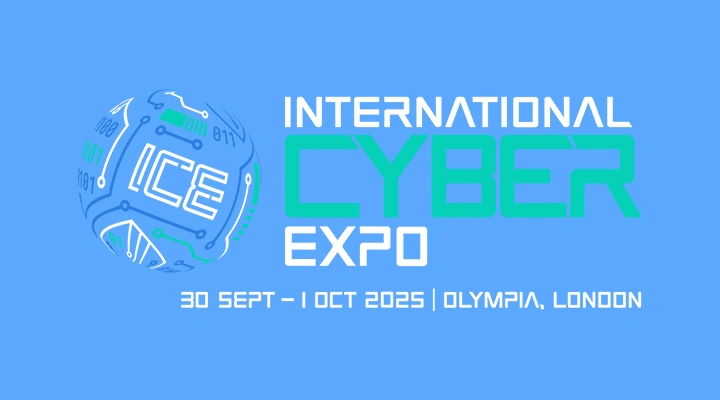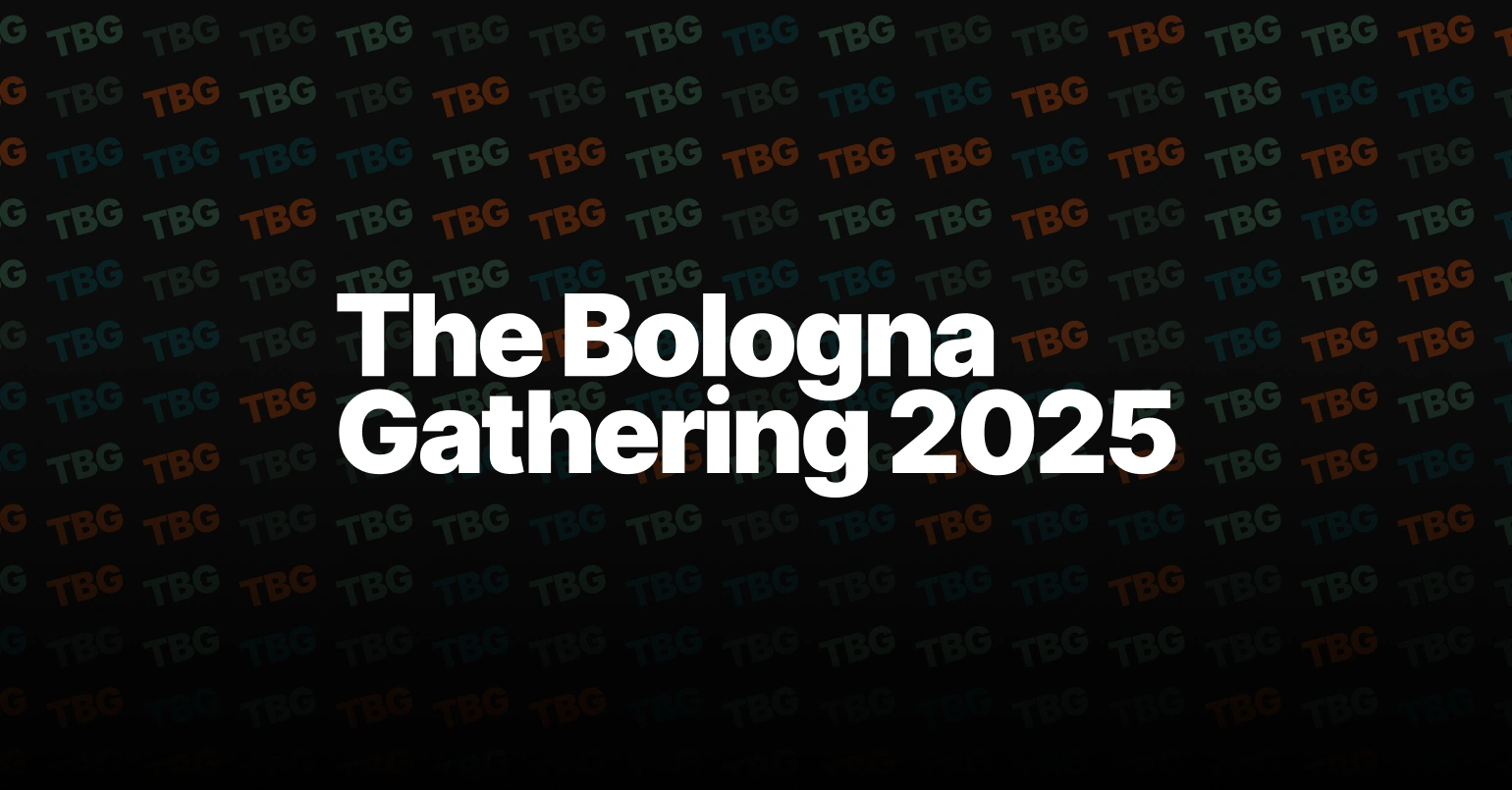Before you begin your digital journey

John E. Kaye
- Published
- Home, Technology

Konstantin Korotov and Hannes Gurzki of ESMT Berlin highlight five questions that need to be answered before embarking on a digital transformation strategy
Over many years, we’ve designed many executive education programmes on the topic of digital transformation at ESMT Berlin, and though many companies know exactly what they want the impact of the programme to be on their employees, we’ve observed a repeated set of questions many firms typically fail to address before approaching us. No matter if it’s an insurance, banking, automobile, telecommunications, or even mining company, the unresolved questions were more or less the same. This turned out to be a problem for both the design of a good educational intervention and, more importantly, the overall effort of digitalising the company’s business.
We noticed that our learning and development partners are able to find out much quicker how the company can go about its digital transformation if we put certain questions on the table from the beginning. Working through them first in the design phase of executive education and then in the actual delivery to the executives not only made the process of learning about going digital easier, it also demystified the topic and reduced the anxiety around bold company initiatives.
We have found these to be the five most common questions companies need to answer before approaching education providers in search of support in going digital.
Why do you need to engage in digital transformation?
On the surface, this question seems superfluous. “We live in digital times.” “Our future clients are digital natives.” “That’s the future.” These are all often touted as reasons. However, if executives have a hard time explaining the urgency of digitalisation for their business, employees will only find it even more confusing. This confusion, if not tackled, becomes painfully obvious in interactions with participants during an executive education course.
Similarly, when we hear about an organisation’s “digital strategy,” we try to explore if the executives treat it separately from the overall strategy of the organisation. A separation is often a sign that managers need to take a closer look at the connection between digitalisation efforts and expected business outcomes.
In today’s world, digital is not a choice but an inevitable evolution. While some companies struggle to create a narrative around the need to transform, others have already moved beyond this initial stage and see digital not as an integral part of the business transformation.
Pure digital players and younger generations take digital for granted; there is no need to even highlight it. The focus here is on the transformation of the business model in line with evolving consumer needs, in which digital touchpoints and technologies serve as a means, not as an end in itself.
Where is the emphasis – on digital or transformation?
If the emphasis is on the “digital,” then the organisation’s main challenge is a technical one. New technologies change the playing field for companies, because they offer potential to improve operational efficiencies or deliver a superior customer experience. Despite their potential complexity, the technical issues are resolvable with the help of a qualified group of in-house professionals and the ecosystem of vendors and external consultants.
When the emphasis is on “transformation,” however, the organisation needs to deal with a much more comprehensive approach to change. Technologies will not add value if the organisational mindset does not embrace new ways of working and doing business.
Naturally, the degree of change needed differs across companies and industries. Fast-changing industries such as the media have long faced the constant need to evolve and the changing technology landscape. For them, it is less an issue of thinking and acting digital, but rather the need to stay on top of the latest trends and technologies – that is a technical challenge.
With the emergence of distribution platforms and artificial intelligence to optimise the supply chain, more non-digital industries, such as building materials or metals, are jumping on the digital bandwagon. For these companies, the challenge of incorporating change in their thinking and across all segments of the organisation is much greater. While technology can be an enabler, thinking and acting digital are transformative for an organisation.
Who leads the digital transformation agenda within the organisation?
Is it the CEO, or the Chief Digital Officer who leads the digital transformation strategy? Or a separate organisational entity – for example, one of the experimental labs or company’s digital spin-offs? Typical features of a digitalised organisation, such as the digitalisation of tasks, collection and analysis of data, availability of information, or transfer of decision-making to machines, fundamentally challenge the sources of managerial power. Ignoring this may lead to unexpected surprises and political struggles within the organisation.
Experience shows that initiatives which aim at changing something rely on the top leadership’s personal involvement. If an initiative that is supposed to change the whole organisation is relegated to a specialised unit, it is likely to be perceived as one of many things that happen in a large corporation. Leaders thus need to assess what elements of their own behaviours and practices are in line with the change efforts and embrace the desired behaviour. When it comes to design of executive education courses, the “who” question inevitably leads to the choice of organisational members sponsoring the learning activity and involved in design and, often, delivery of the programs.
A digital transformation without the appropriate signals from the top may either lead to strategic execution without proper understanding of the management, a divide between top leadership and the organisation, or, worse, preservation of the status quo, which might put the company’s future at risk.
When will the digital transformation be completed?
Surprisingly, many leaders do not know what the end of their digital transformation will look like and when it should be achieved. But having a concrete concept is essential, because digitalisation is a social construction within the organisation. People’s implicit (or explicit) definition of the desired target state shapes their ways of perceiving the urgency of the digital transformation as well as the input required from them. ™
Lack of specifics regarding the timeline, expected deliverables, milestones, and quick wins makes an investment in executive education seem like a “nice to have” exercise. In contrast, when the details are known, an executive education programme becomes a place where learning is connected with development of mutual obligations and support ties among the participants.
What will it take for managers and employees to succeed in the digital future of the organisation?
As the end is often not clear, many employees only have vague ideas of the skills required to master the challenge. We have met companies where the management calls on each employee to learn to write computer code or to use AI in serving customers. This can lead to fear and paralysis on the part of those receiving these messages if the personal transformational challenges are ignored in favour of technical details. However, combining code and consciousness about the human side of digital can be a powerful way to experience the technological change first-hand and get a deeper understanding of the mysteries of technology.
Demystifying digital requires a thorough assessment of how technology is going to be involved in resolving organisational challenges and what specific behavioural changes may be needed to embrace it. Making the new technologies concrete and showing how they work – rather than relying on abstract buzzwords – can help to alleviate the fear. Encouraging a culture of experimentation from the top can further build confidence and positive mindsets towards using new technologies.
The new ways of working may require unlearning from some employees, while others may enter the organisation already equipped with the competencies for digital work. Organisations often have pockets of attitudes, knowledge, and skills that do not need to be changed, and instead should be supported and promulgated.
We have found the above five questions to be helpful in shaping the conversations between organisations and programme designers and faculty involved in creating executive education programmes. Moreover, presenting these same questions to participants during the delivery of executive programmes also helps guide the conversations in the class and provides an easily applicable template that participants can bring back to their workplaces to discuss digital transformation with their employees.
Further information
Sign up to The European Newsletter
RECENT ARTICLES
-
 Europe emphasises AI governance as North America moves faster towards autonomy, Digitate research shows
Europe emphasises AI governance as North America moves faster towards autonomy, Digitate research shows -
 Surgeons just changed medicine forever using hotel internet connection
Surgeons just changed medicine forever using hotel internet connection -
 Curium’s expansion into transformative therapy offers fresh hope against cancer
Curium’s expansion into transformative therapy offers fresh hope against cancer -
 What to consider before going all in on AI-driven email security
What to consider before going all in on AI-driven email security -
 GrayMatter Robotics opens 100,000-sq-ft AI robotics innovation centre in California
GrayMatter Robotics opens 100,000-sq-ft AI robotics innovation centre in California -
 The silent deal-killer: why cyber due diligence is non-negotiable in M&As
The silent deal-killer: why cyber due diligence is non-negotiable in M&As -
 South African students develop tech concept to tackle hunger using AI and blockchain
South African students develop tech concept to tackle hunger using AI and blockchain -
 Automation breakthrough reduces ambulance delays and saves NHS £800,000 a year
Automation breakthrough reduces ambulance delays and saves NHS £800,000 a year -
 ISF warns of a ‘corporate model’ of cybercrime as criminals outpace business defences
ISF warns of a ‘corporate model’ of cybercrime as criminals outpace business defences -
 New AI breakthrough promises to end ‘drift’ that costs the world trillions
New AI breakthrough promises to end ‘drift’ that costs the world trillions -
 Watch: driverless electric lorry makes history with world’s first border crossing
Watch: driverless electric lorry makes history with world’s first border crossing -
 UK and U.S unveil landmark tech pact with £250bn investment surge
UK and U.S unveil landmark tech pact with £250bn investment surge -
 International Cyber Expo to return to London with global focus on digital security
International Cyber Expo to return to London with global focus on digital security -
 Cybersecurity talent crunch drives double-digit pay rises as UK firms count cost of breaches
Cybersecurity talent crunch drives double-digit pay rises as UK firms count cost of breaches -
 Investors with €39bn AUM gather in Bologna to back Italy’s next tech leaders
Investors with €39bn AUM gather in Bologna to back Italy’s next tech leaders -
 Axians and Nokia expand partnership to strengthen communications infrastructure across EMEA
Axians and Nokia expand partnership to strengthen communications infrastructure across EMEA -
 Forterro buys Spain’s Inology to expand southern Europe footprint
Forterro buys Spain’s Inology to expand southern Europe footprint -
 Singapore student start-up wins $1m Hult Prize for education platform
Singapore student start-up wins $1m Hult Prize for education platform -
 UK businesses increase AI investment despite economic uncertainty, Barclays index finds
UK businesses increase AI investment despite economic uncertainty, Barclays index finds -
 Speed-driven email security: effective tactics for phishing mitigation
Speed-driven email security: effective tactics for phishing mitigation -
 Short circuit: humanoids go for gold at first 'Olympics for robots'
Short circuit: humanoids go for gold at first 'Olympics for robots' -
 New IBM–NASA AI aims to forecast solar flares before they knock out satellites or endanger astronauts
New IBM–NASA AI aims to forecast solar flares before they knock out satellites or endanger astronauts -
 AI is powering the most convincing scams you've ever seen
AI is powering the most convincing scams you've ever seen -
 British firm Skyral to help Mongolia tackle pollution with AI traffic modelling
British firm Skyral to help Mongolia tackle pollution with AI traffic modelling -
 The nuclear medicine breakthrough transforming cancer care
The nuclear medicine breakthrough transforming cancer care





